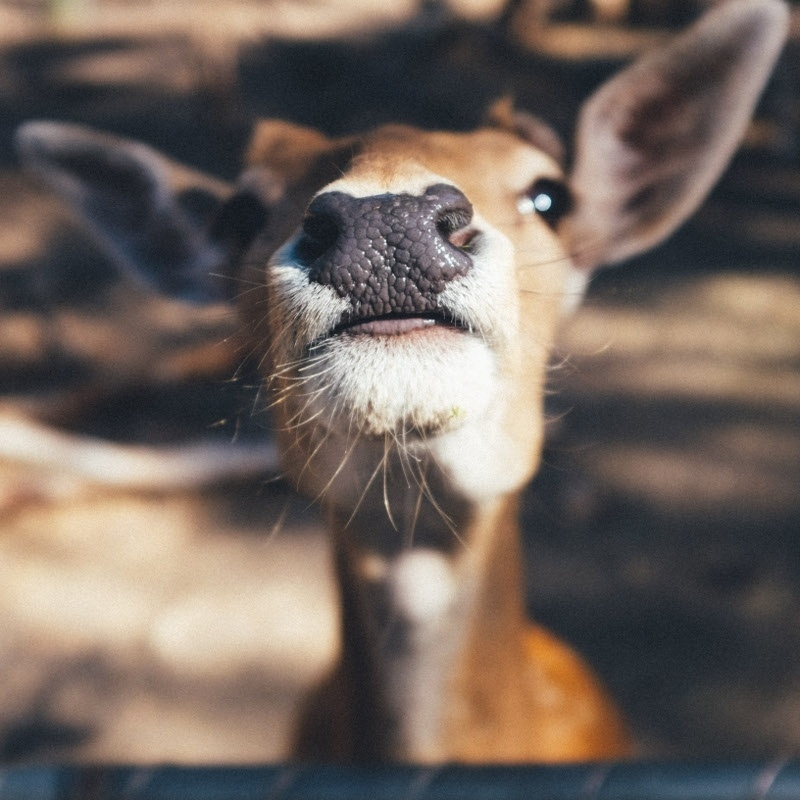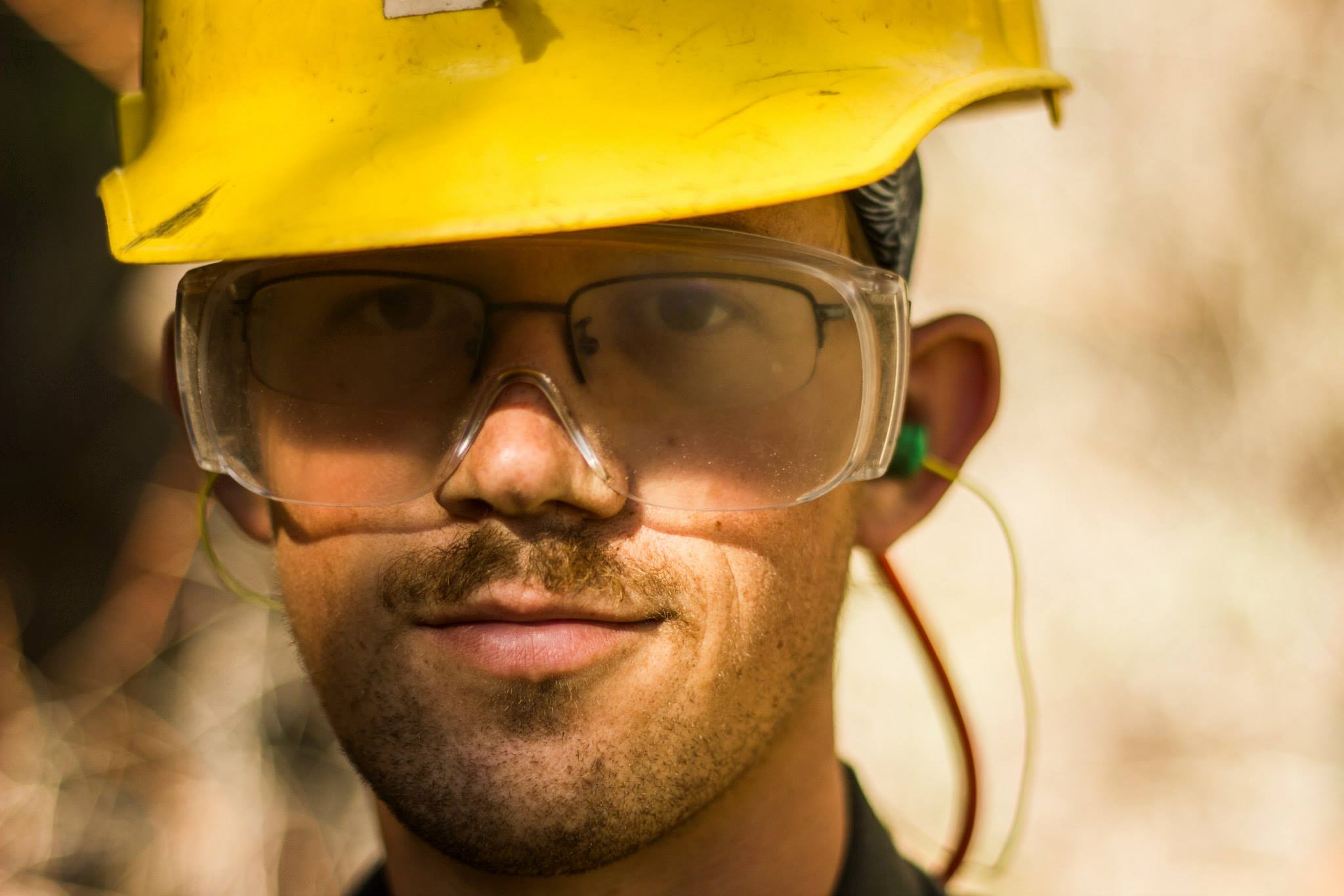We recently caught up with Jay Satz, Senior Director of Partnerships and Innovation at Northwest Youth Corps (NYC). The NYC is a job training, educational, and conservation experience for youth and young adults, operating since 1984. They run conservation service programs in Oregon, Washington, Idaho and northern California. Perhaps you will see similarities to your own program and discover how the Wilderness Risk Management Conference (WRMC) can help you.
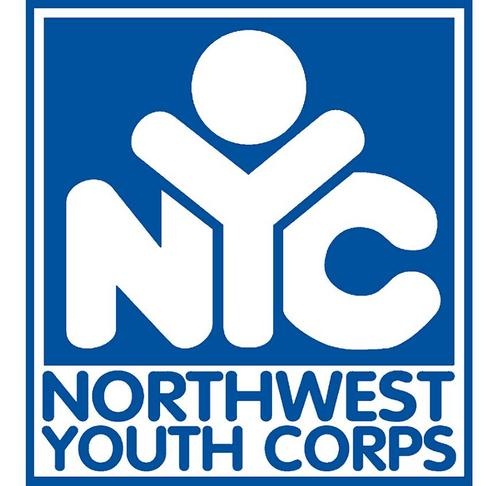
WRMC: Who are your participants?
Satz: We serve over 850 members each year and those members come from all backgrounds and ethnicities. Although the majority are from the states where we run our programs in, members are welcome to apply from anywhere. Over the last four years, we have focused considerable effort on building our outreach to serving the Deaf and Hard of Hearing community, this year running American Sign Language (ASL) Inclusion conservation crews in partnership with the National Park Service. NYC ran these programs this summer in Olympic and North Cascades national parks, Ebey’s Landing National Historic Reserve, and San Juan Island and Lewis and Clark national historical parks. These programs served both youth and young adults.
WRMC: What do your participants gain from the wilderness?
Satz: Our members gain an understanding of where humans fit within the larger ecosystem, and the potential for impact—for good or ill—that people have on the natural environment. Our members also learn what it takes to live with just what you bring—how much food, how much water and energy—and how important it is to plan. And hopefully most importantly, they learn a sense of joy and comfort in belonging in the natural world, and the need for their commitment to work to protect it.
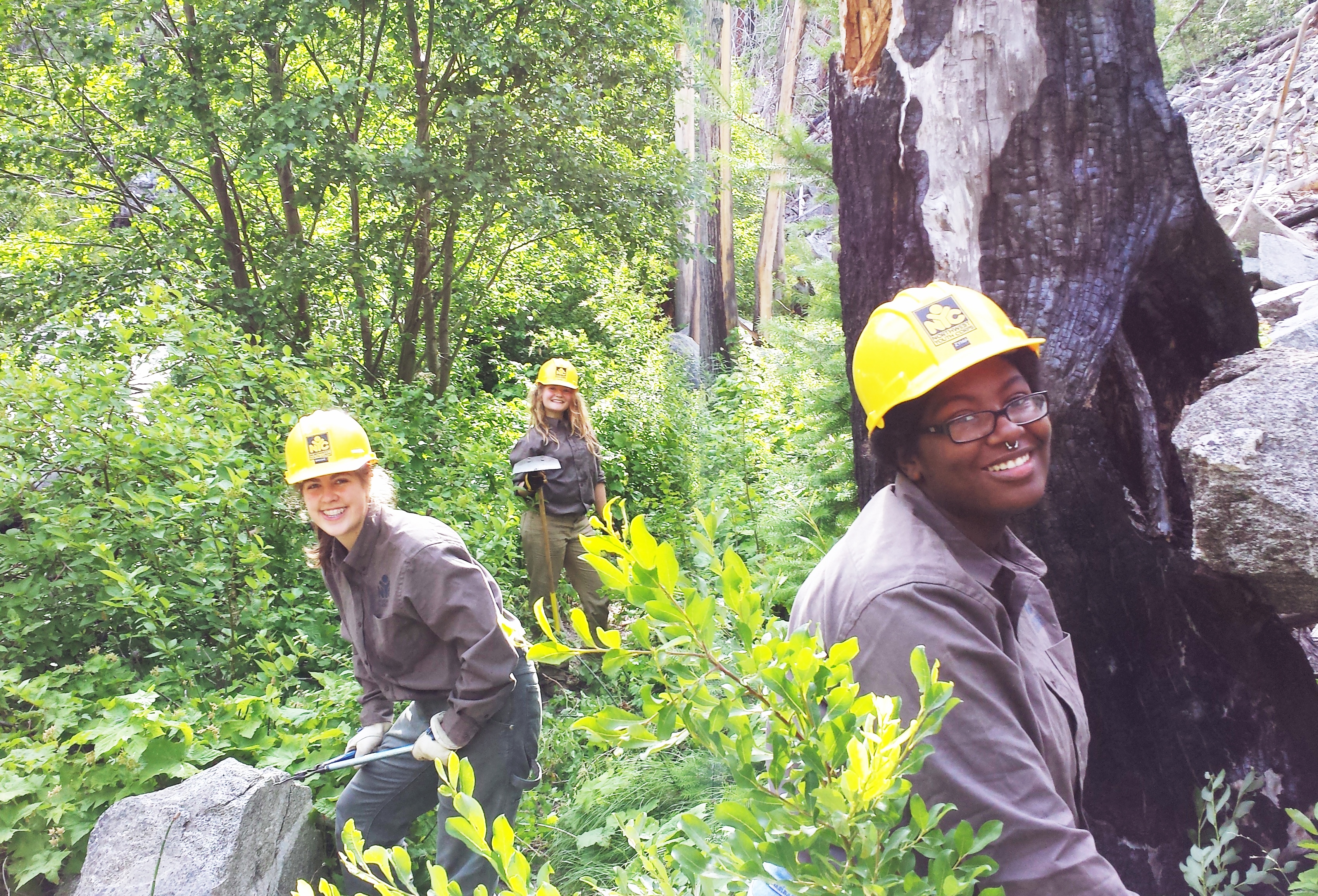 Photo courtesy of Northwest Youth Corps
Photo courtesy of Northwest Youth Corps
WRMC: Why do you choose to take clients into situations with higher risk than, say, a classroom setting?
Satz: NYC takes our members into the backcountry because that is where our work is. Our job is to make the backcountry more accessible to others by building trails and bridges, and to protect the backcountry by providing more limited points of impact that those visitors can cause through their access. And this is the place where our members learn the value of teamwork, how to accomplish hard but satisfying conservation work through learned and applied skills, and how to truly enjoy themselves away from the complications of our daily “civilized” lives.
WRMC: Why is risk management important to your organization?
Satz: Risk management is essential to NYC because in order to do our work (both on the land and in developing young conservation leaders) we must also embrace the positives of risk. We must go out in all kinds of weather. We use tools, both powered and hand operated, to do the work. We transport our crews and leaders in vans and other vehicles. We encourage our members to try things they have never tried, to strive, to persevere against adversity, to push beyond their sense of comfort. We help people grow. All of this needs to be done in a continual context of evaluating and mitigating risk. We want the work done well, and done safely.
WRMC: Is there such a thing as acceptable risk?
Satz: A trick question?? I guess the answer is yes if we decide to get out of bed each morning! But seriously, at NYC we embrace risk with the understanding that we are constantly calculating the “risk to reward” equation. And that means that not just our crew leaders and field staff are constantly calculating, but that our members are trained to do so as well. Our tolerance for risk will be greater in the decision-making and youth development side of things and far more narrowly focused on the job site and in operating vehicles. No work, activity, or hoped-for outcome is worth more than the safety of our members and staff.
"As individual leaders, we sometimes need the experiential aspect of making mistakes ourselves but as organizations we don’t have that luxury. Learning as part of a larger community is critically important and that is what WRMC has come to mean to me." -Jay Satz
WRMC: Why does your organization send employees to the WRMC?
Satz: WRMC is a tremendous opportunity to gather with other people from other organizations who are committed to thoughtful risk management practices, who are working to build skills and experiences in the outdoors, and have the courage to share their mistakes and miscalculations in that work within the larger community, for the betterment of that community. A mentor of mine once told me that “smart people learn from their mistakes, and really smart people learn from other people’s mistakes”. As individual leaders, we sometimes need the experiential aspect of making mistakes ourselves, but as organizations we don’t have that luxury. Learning as part of a larger community is critically important and that is what the WRMC has come to mean to me. Northwest Youth Corps really values this aspect of this conference.
Another reason that the WRMC is so important to our work at NYC is we are committed to be a more inclusive organization, and we appreciate the WRMC's commitment to offer more resources toward this goal. Whether we are learning more about how to work with the LGBTQ community or how to better support members with mental health or behavioral issues, or how to figure out how to include participants that may be viewed as having a disability, we appreciate the diversity of WRMC presenters and the experiences they are bringing in these subjects to the conference.
And finally, there is our own organizational commitment to the constant work of honing and maintaining our expertise in training staff, wilderness medicine, crisis response and so much more. The WRMC is a tremendous, irreplaceable resource for the core work we do in risk management.
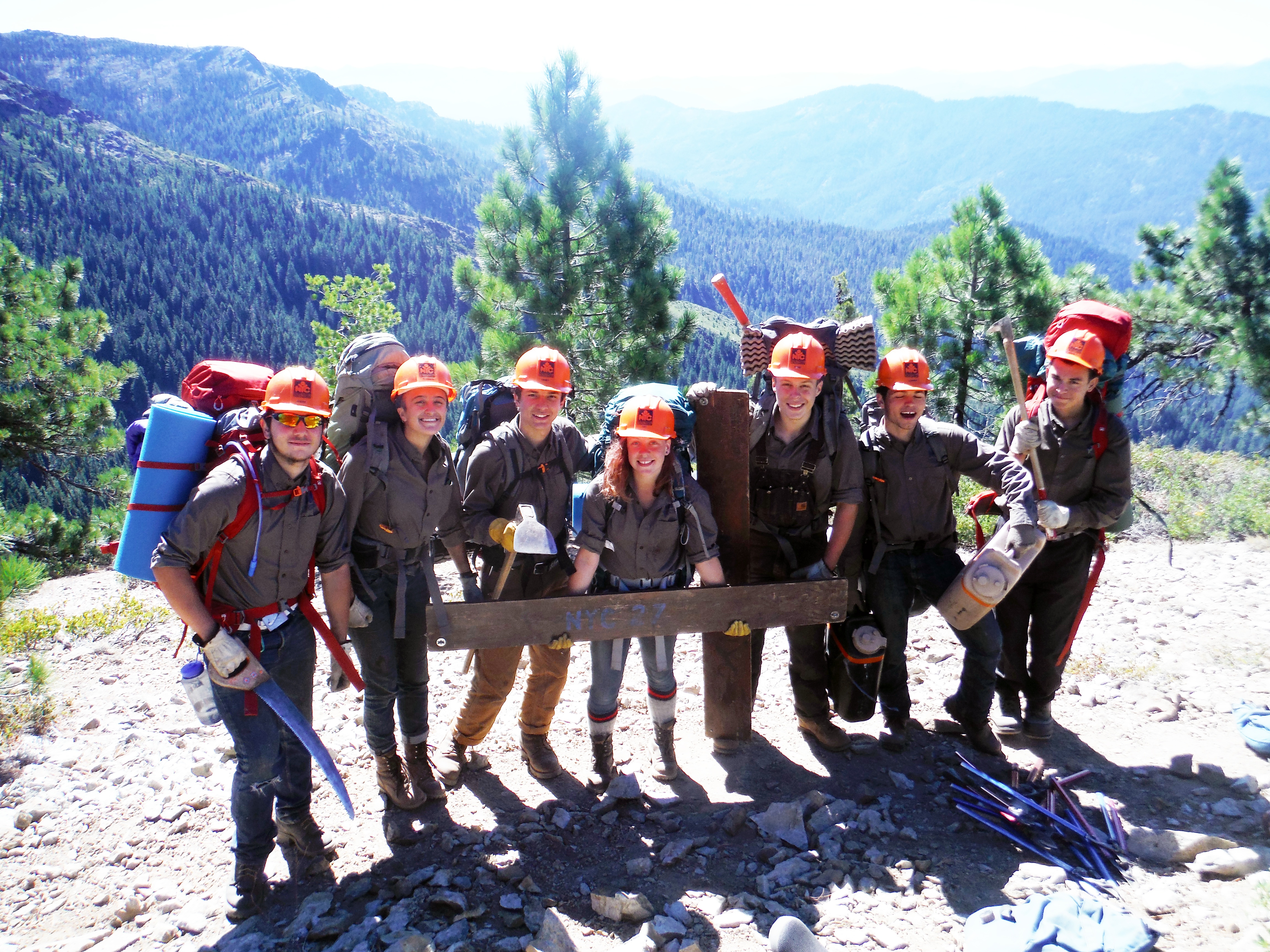 Photo courtesy of Northwest Youth Corps
Photo courtesy of Northwest Youth Corps
WRMC: What is your favorite part of the WRMC?
Satz: Without a doubt, it’s the people and sense of community. There are dozens of people I only see three or four days a year that have become long-time, valued friends, many of whom I have reached out to in times of professional need. And every year I meet new people that immediately are woven into that same tapestry of this very closely weaved community of practice and good souls.
Big thanks to Jay and the Northwest Youth Corps for contributing to the WRMC community year after year. If you are a conservation organization that is “constantly calculating the ‘risk to reward’ equation,” consider networking with NYC this October.
Why is risk management important to you? Let us know on our Facebook and Twitter by using #WRMC2016.
The Wilderness Risk Management Conference (WRMC) unites hundreds of leading outdoor organizations annually to educate wilderness practitioners on practical risk management skills. This blog series highlights organizations that continually return to the WRMC and finds out how the WRMC has influenced their risk management practices. While the questions may be the same, interviewees come from various organizations and unique backgrounds.
Written By
Cassi Smith
Cassi was studying at BYU-Idaho when she became interested in risk management. She is the 2016 WRMC intern, lucky enough to live, climb, and mountain bike in beautiful Lander, Wyoming.



